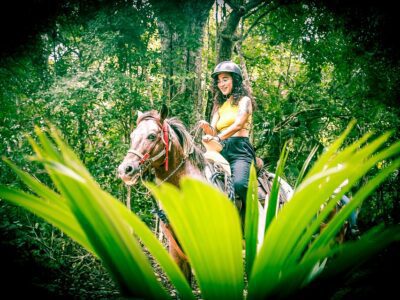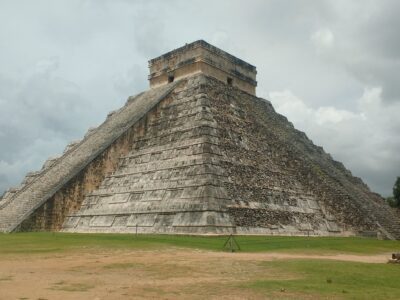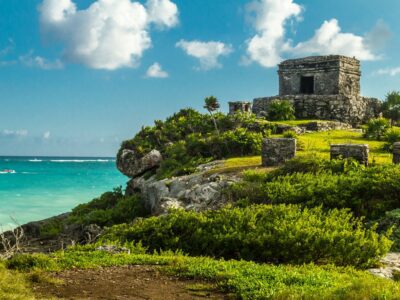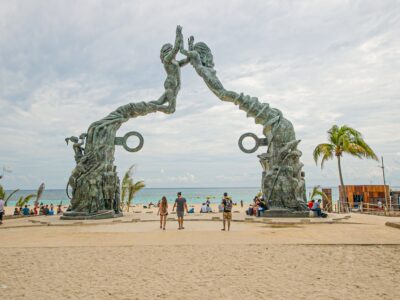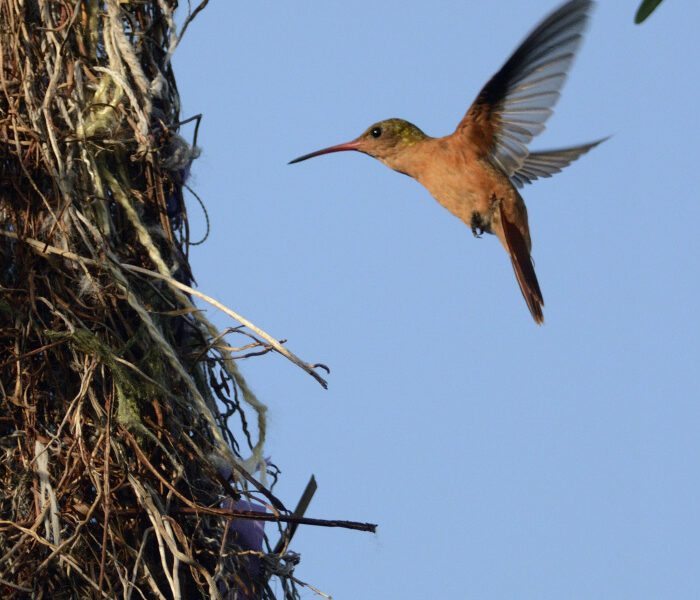The Yucatan Peninsula, with its lush landscapes and colorful flora, is a paradise for hummingbirds. These tiny, iridescent gems are a common sight, flitting through gardens, forests, and coastal areas, bringing a touch of magic to the region’s natural beauty.
Hummingbirds in the Yucatan Peninsula are not only a delight for bird watchers but also play a crucial role in the ecosystem. There are several species of hummingbirds native to this area, including the Buff-bellied Hummingbird and the Mexican Sheartail. These birds are known for their incredible speed and agility, beating their wings up to 80 times per second. This rapid movement allows them to hover in place as they feed on nectar from flowers, playing a vital role in pollination.
The diverse flora of the Yucatan provides an abundant food source for these birds. Flowers such as the Turk’s cap, hibiscus, and various native plants offer the nectar that hummingbirds crave. As they feed, they transfer pollen from flower to flower, aiding in the reproduction of plants and maintaining the health of the ecosystem.
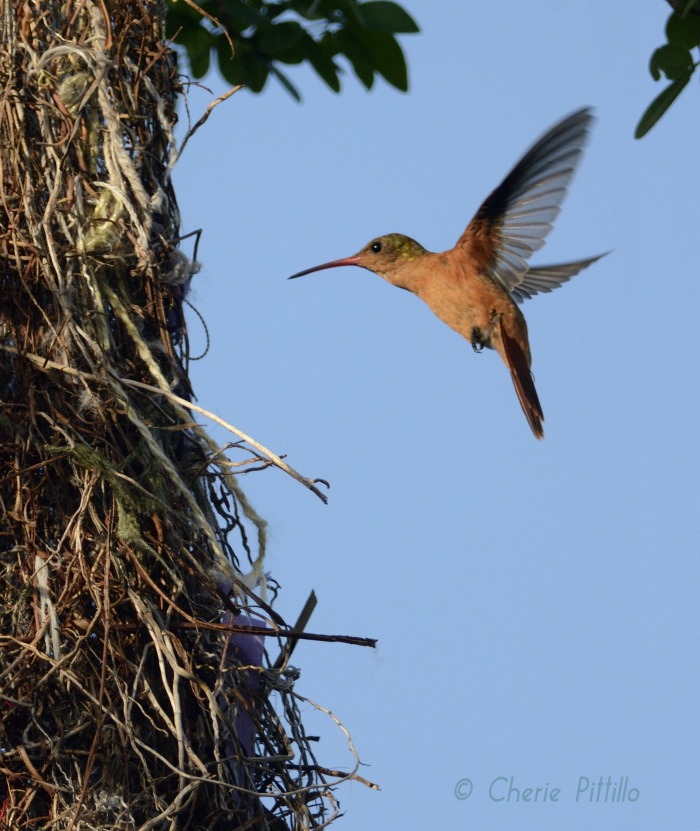
Hummingbirds are also culturally significant in the region. In Mayan mythology, they are seen as messengers between humans and the gods, symbolizing love, joy, and beauty. This deep cultural reverence is reflected in local art and folklore, highlighting the hummingbird’s importance beyond just its ecological role.
Conservation efforts are ongoing to protect these delicate creatures and their habitats. Urban development and deforestation pose significant threats to hummingbirds, but initiatives like the creation of protected areas and the promotion of native plant gardens aim to ensure their survival.

Witnessing a hummingbird in the Yucatan Peninsula is a reminder of the intricate connections within nature and the importance of preserving these tiny marvels for future generations to enjoy. Their presence adds a magical element to the region’s rich tapestry of biodiversity and cultural heritage.
TYT Newsroom
The post Hummingbirds in the Yucatan Peninsula play a crucial role in the ecosystem first appeared on The Yucatan Times.







